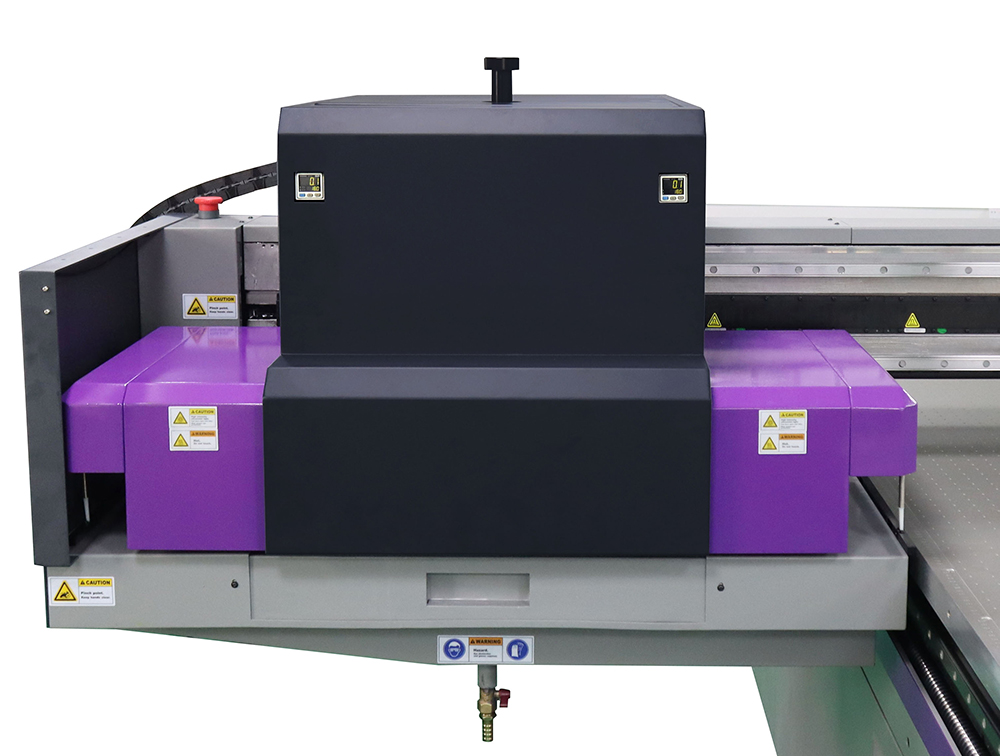UV Flatbed Printer: The Benefits of Using a Heated Print Bed
UV Flatbed Printer: The Benefits of Using a Heated Print Bed
In the realm of digital printing, UV flatbed printers have revolutionized the way we approach surface decoration and customization. These versatile machines offer unparalleled precision, speed, and versatility, enabling users to print directly onto a wide array of materials, including but not limited to glass, wood, metal, plastic, and even fabric. Among the many innovative features that UV flatbed printers boast, the incorporation of a heated print bed stands out as a significant advantage. This article delves into the benefits of using a UV flatbed printer equipped with a heated print bed, exploring how it enhances print quality, material compatibility, and overall efficiency.

1. Improved Print Quality
One of the most notable advantages of a heated print bed in a UV flatbed printer is the significant improvement in print quality it facilitates. The heat applied to the print bed during the printing process helps to regulate the temperature of the substrate, ensuring consistent ink adhesion and curing. This is particularly crucial when working with temperature-sensitive materials that might otherwise contract or expand unevenly under the intense heat generated by the UV curing process.
By maintaining a stable and optimal printing surface temperature, a heated print bed minimizes the risk of ink bleeding, smudging, or uneven curing, all of which can compromise print resolution and clarity. Moreover, it promotes faster ink settling, reducing the likelihood of ink pooling or running, especially on slanted or curved surfaces. As a result, prints exhibit sharper edges, more vibrant colors, and improved detail reproduction, making them visually appealing and professionally finished.
2. Enhanced Material Compatibility
UV flatbed printers with heated print beds significantly broaden the range of materials that can be effectively printed on. Many substrates, especially those with high thermal conductivity like metals or certain types of plastics, require preheating to ensure proper ink adhesion and curing. Without a heated print bed, achieving consistent and high-quality prints on these materials would be challenging, often requiring additional, time-consuming pre-treatment steps.
The ability to adjust the print bed temperature according to the specific requirements of different materials allows for seamless printing on a diverse range of surfaces. This flexibility is especially valuable for businesses that deal with a wide variety of products, as it eliminates the need for multiple specialized printers or extensive manual preparation. From rigid substrates like acrylic and PVC to flexible materials such as vinyl and textiles, a heated print bed ensures optimal print outcomes across the board.
3. Increased Efficiency and Productivity
Efficiency and productivity are paramount in any printing operation, and a UV flatbed printer with a heated print bed contributes significantly to both. The controlled heating of the print bed accelerates the ink curing process, enabling faster print speeds without compromising quality. This is particularly advantageous in high-volume production environments where minimizing cycle times is crucial.
Furthermore, the reduced need for manual intervention, such as preheating materials or dealing with print defects caused by temperature inconsistencies, streamlines the workflow and minimizes downtime. Operators can focus more on creative tasks and less on troubleshooting, leading to increased overall productivity and cost-effectiveness.
4. Versatility in Application
The versatility of UV flatbed printers with heated print beds extends beyond material compatibility. These printers are capable of producing not only flat, two-dimensional prints but also three-dimensional objects and textures with exceptional detail and accuracy. The heated print bed plays a pivotal role in this by ensuring that even complex surfaces receive uniform heat distribution, allowing for consistent ink curing and adhesion.
This versatility opens up new avenues for creative expression and product customization. From personalized gifts and promotional items to industrial prototyping and architectural models, the ability to print directly onto various surfaces with intricate designs and vibrant colors greatly expands the potential applications of UV flatbed printing technology.
5. Environmental Considerations
Lastly, the use of a heated print bed in UV flatbed printers aligns with environmentally conscious practices. By optimizing the printing process and reducing the likelihood of print defects, these printers minimize material waste and the need for reprints. Additionally, UV-curable inks are generally more eco-friendly than traditional solvent-based inks, emitting lower levels of volatile organic compounds (VOCs) and requiring less energy during the curing process.
When combined with energy-efficient heating systems and proper ventilation, UV flatbed printers with heated print beds can contribute to a greener printing environment. This is particularly important for businesses aiming to reduce their carbon footprint and adhere to strict environmental regulations.
Conclusion
In conclusion, the incorporation of a heated print bed in UV flatbed printers offers a multitude of benefits that enhance print quality, broaden material compatibility, increase efficiency, and promote versatility in application. These advantages translate into cost savings, improved productivity, and a wider range of creative possibilities for businesses and individuals alike. As technology continues to advance, UV flatbed printers with heated print beds are poised to remain at the forefront of digital printing innovation, enabling users to achieve exceptional results on a diverse array of surfaces with ease and precision.
